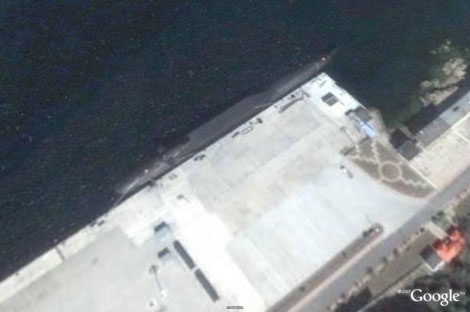Aug 21, 2007
Risks Not Worth Worrying About
Posted by Tom McCabe in categories: defense, futurism, lifeboat
There are dozens of published existential risks; there are undoubtedly many more that Nick Bostrom did not think of in his paper on the subject. Ideally, the Lifeboat Foundation and other organizations would identify each of these risks and take action to combat them all, but this simply isn’t realistic. We have a finite budget and a finite number of man-hours to spend on the problem, and our resources aren’t even particularly large compared with other non-profit organizations. If Lifeboat or other organizations are going to take serious action against existential risk, we need to identify the areas where we can do the most good, even at the expense of ignoring other risks. Humans like to totally eliminate risks, but this is a cognitive bias; it does not correspond to the most effective strategy. In general, when assessing existential risks, there are a number of useful heuristics:
- Any risk which has become widely known, or an issue in contemporary politics, will probably be very hard to deal with. Thus, even if it is a legitimate risk, it may be worth putting on the back burner; there’s no point in spending millions of dollars for little gain.
- Any risk which is totally natural (could happen without human intervention), must be highly improbable, as we know we have been on this planet for a hundred thousand years without getting killed off. To estimate the probability of these risks, use Laplace’s Law of Succession.
- Risks which we cannot affect the probability of can be safely ignored. It does us little good to know that there is a 1% chance of doom next Thursday, if we can’t do anything about it.
